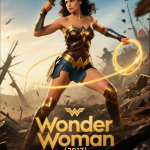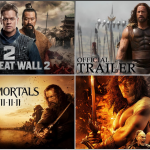Indiana Jones and the Kingdom of the Crystal Skull (2008): A Return to Adventure
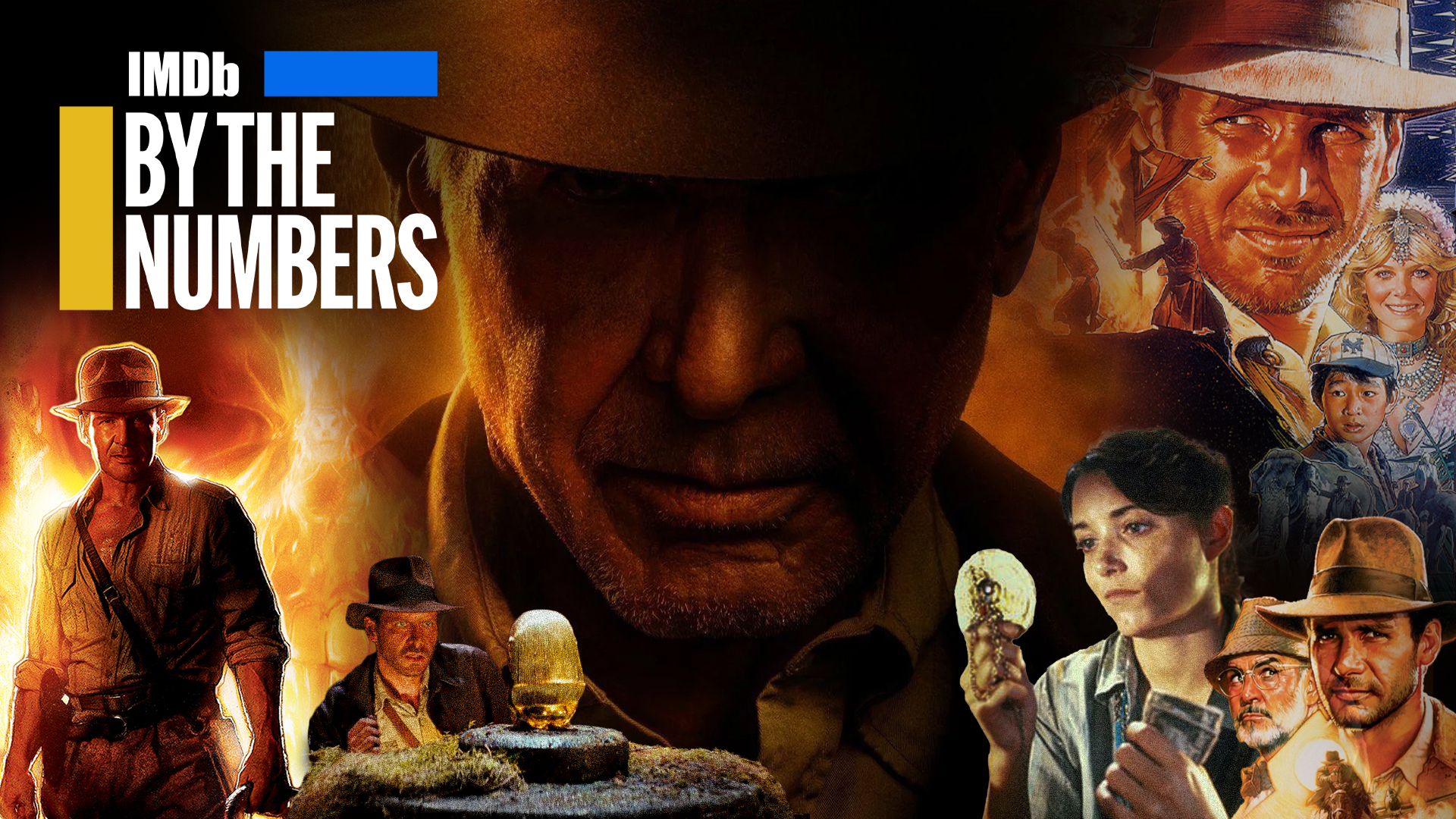
Released in 2008, Indiana Jones and the Kingdom of the Crystal Skull marked the long-awaited return of one of cinema’s most beloved characters. Directed by Steven Spielberg and featuring Harrison Ford reprising his iconic role, the fourth installment of the Indiana Jones series sought to bring the adventurous spirit of the original trilogy to a new generation. While opinions about the film remain divided, it undeniably delivers the action, thrills, and humor that define the franchise.
Plot Overview
Set in 1957 during the height of the Cold War, the film finds Indiana Jones (Harrison Ford) entangled in a new adventure involving Soviet agents, led by the calculating Irina Spalko (Cate Blanchett). The story begins when Indy is coerced into helping the Soviets locate a mysterious artifact stored in a government warehouse.
Soon after, Indy reunites with Mutt Williams (Shia LaBeouf), a rebellious young man seeking help to rescue his kidnapped mother, Marion Ravenwood (Karen Allen). Their journey leads them to Peru, where they uncover clues about the mythical Crystal Skulls—alien artifacts believed to grant extraordinary power. Along the way, the duo faces ancient traps, Soviet adversaries, and the mysteries of extraterrestrial life.
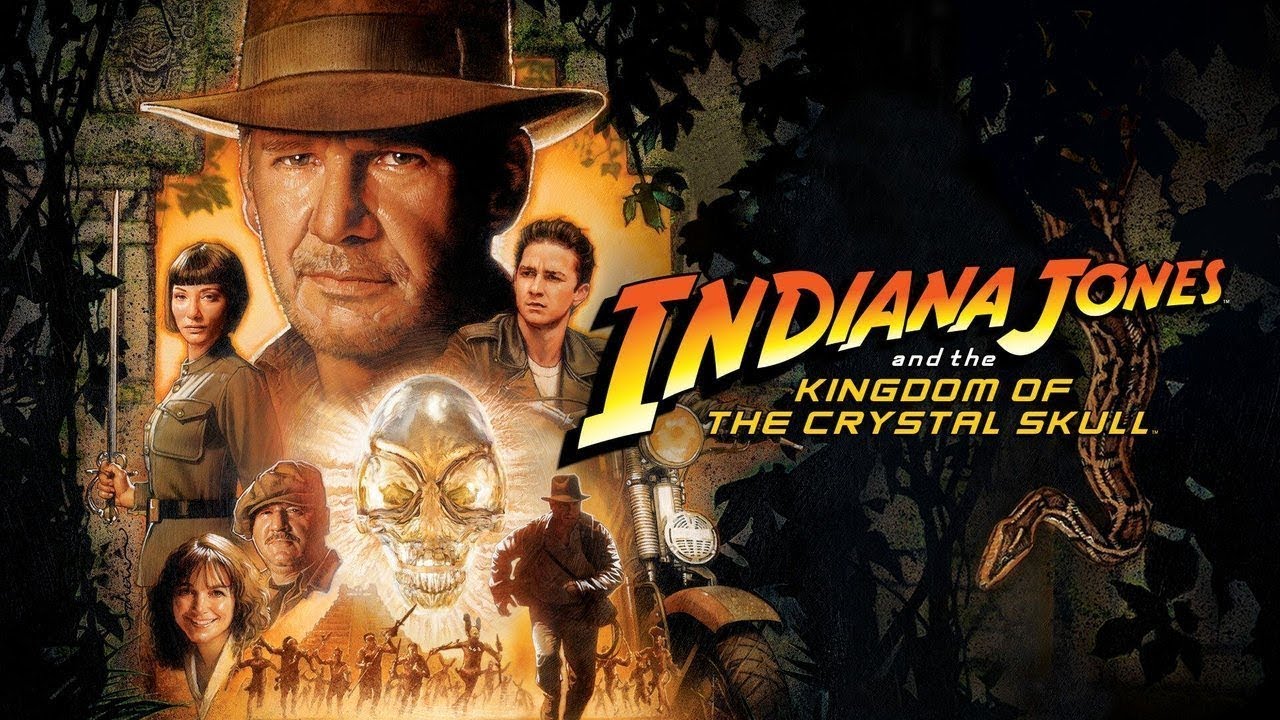
Themes and Setting
The film embraces a new era, shifting from the 1930s pulp serials that inspired the original trilogy to 1950s sci-fi B-movies. This change in tone introduces elements like aliens and nuclear paranoia, reflecting the cultural zeitgeist of the time.
Themes of legacy and passing the torch run throughout the story. Indy grapples with aging and his place in a rapidly changing world, while his relationship with Mutt introduces the idea of familial responsibility and continuity.
Action and Spectacle

True to its roots, Kingdom of the Crystal Skull is packed with thrilling action sequences. From a high-speed chase through the Amazon jungle to the now-famous scene where Indy survives a nuclear blast inside a lead-lined refrigerator, the film delivers the over-the-top stunts fans expect.
The production values are top-notch, with Spielberg’s direction and Janusz Kamiński’s cinematography capturing the globe-trotting excitement. However, the heavy use of CGI, especially in the climactic scenes, drew criticism for straying from the practical effects that defined the earlier films.
Cast and Characters
Harrison Ford effortlessly steps back into the role of Indiana Jones, bringing both the charm and gravitas that made the character iconic. Cate Blanchett’s Irina Spalko is a memorable antagonist, though her character lacks the depth of earlier villains.
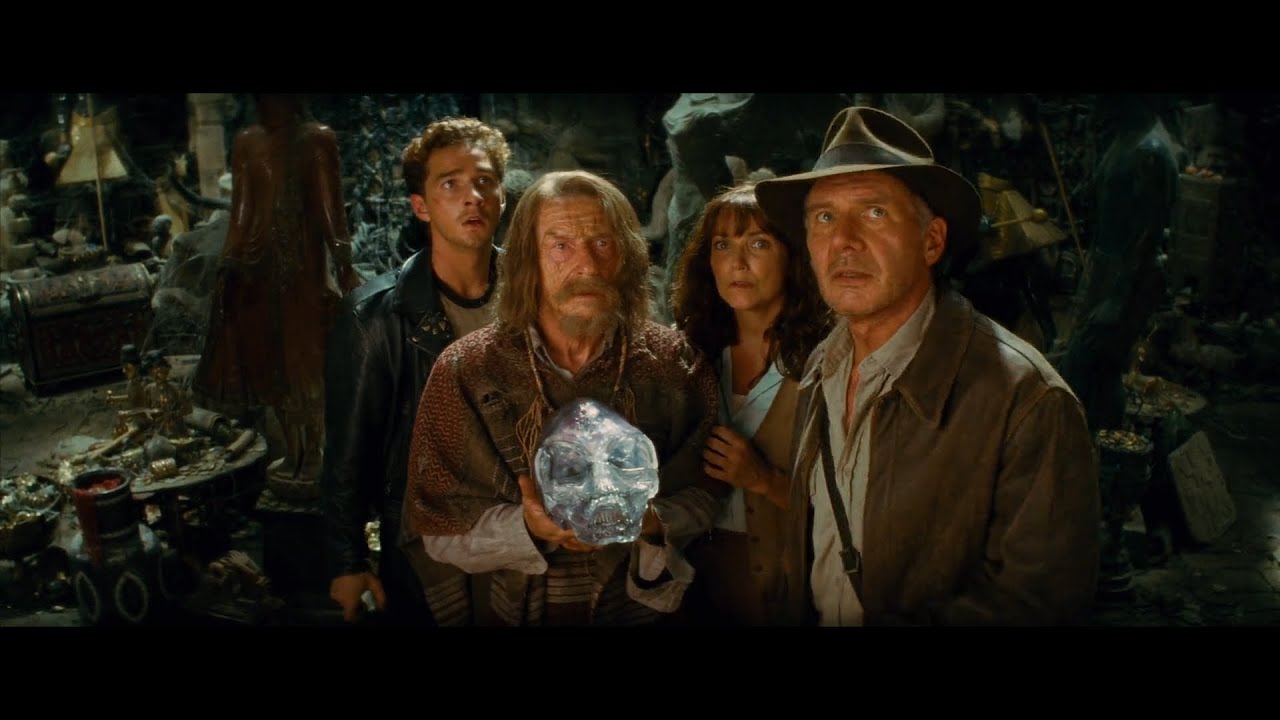
Shia LaBeouf’s Mutt Williams is introduced as a brash and adventurous foil to Indy, though his character received mixed reactions. Karen Allen’s return as Marion Ravenwood brings nostalgia and a sense of closure, reuniting fans with one of the series’ most beloved characters.
Reception and Legacy
Kingdom of the Crystal Skull was met with mixed reviews from critics and fans. While some appreciated its humor, nostalgia, and sense of fun, others criticized its reliance on CGI, the inclusion of aliens, and certain narrative choices.
Despite the polarizing reception, the film was a commercial success, grossing over $790 million worldwide. It remains a significant entry in the franchise, sparking debates about the evolution of Indiana Jones and paving the way for the upcoming fifth installment, Indiana Jones and the Dial of Destiny.
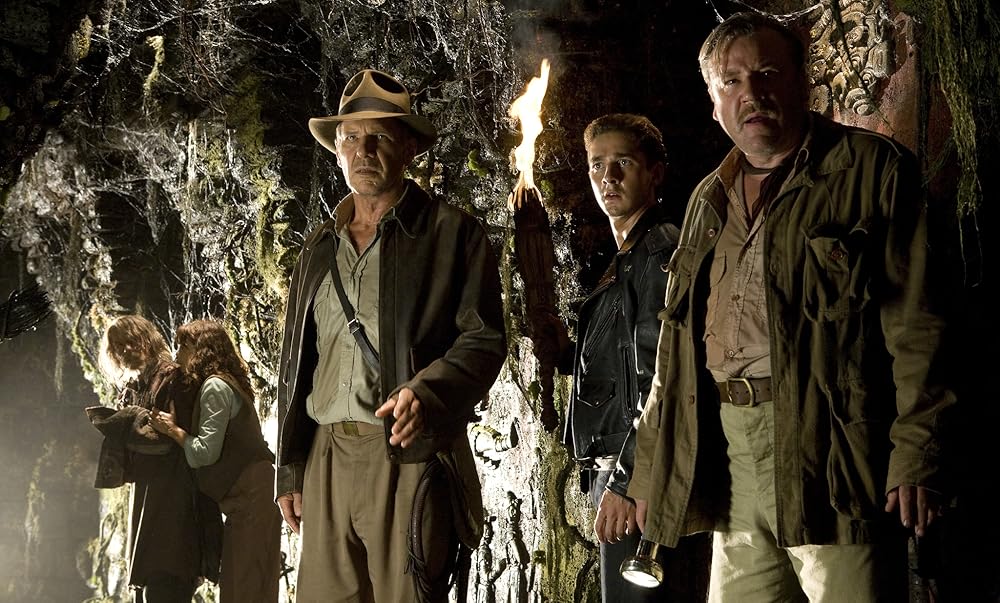
Conclusion
Indiana Jones and the Kingdom of the Crystal Skull may not have reached the heights of the original trilogy, but it stands as a bold and entertaining adventure in its own right. While embracing a new era and tone, it retains the heart of what makes Indiana Jones a cinematic legend: thrilling escapades, memorable characters, and a sense of wonder. For fans of the fedora-clad archaeologist, it’s a nostalgic journey worth taking.
